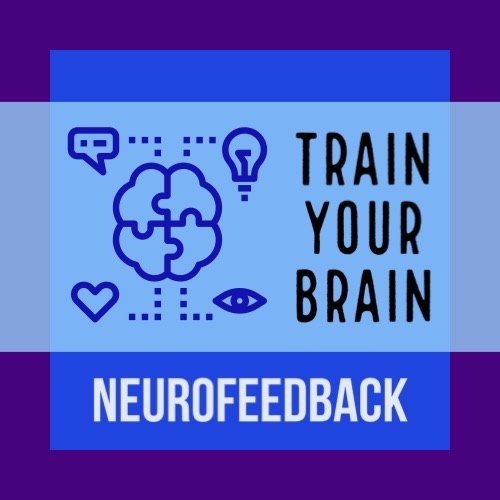Neurofeedback and ADHD
Neurofeedback is a therapy technique based on real-time feedback of an individual's brainwaves. This technique is used to treat a variety of mental health issues, including attention disorders in children.
Neurofeedback for attention disorders in children works by measuring the child's brainwaves using an electroencephalogram (EEG) and providing real-time feedback on brain activity levels to the child. The goal is to help the child learn to control their brain activity and improve their concentration and ability to stay attentive.
The benefits of neurofeedback for attention disorders in children are numerous. First, neurofeedback can help reduce symptoms associated with attention disorder, such as impulsivity and hyperactivity. Second, neurofeedback can help children improve their attention and concentration. Finally, neurofeedback can help strengthen the neural circuits responsible for attention, which can help children maintain the progress they have made over time.
Neurofeedback training for attention disorders in children typically involves weekly sessions lasting 30 to 60 minutes. Neurofeedback sessions are often combined with other therapies, such as behavioral therapy and emotional support therapy. Children may see results as early as the first neurofeedback sessions, but a series of sessions is usually necessary to achieve lasting results.
Neurofeedback can be offered as a complementary accompaniment to psychostimulants such as methylphenidate medication, with the goal of gradually reducing this medication.
More specifically…
Neurofeedback for ADHD generally involves training the theta (4-8 Hz) and beta (12-20 Hz) frequency bands in brain regions involved in attention and inhibition, such as the dorsolateral prefrontal cortex and the anterior cingulate cortex. The training consists of teaching the child or adult to increase beta production and reduce theta production in these brain regions using real-time feedback.
Neurofeedback for ADHD can be conducted over multiple sessions, typically lasting between 20 and 60 minutes each, depending on the tolerance of the child or adult. The total duration of the training depends on the severity of the ADHD and the individual response of each patient.
